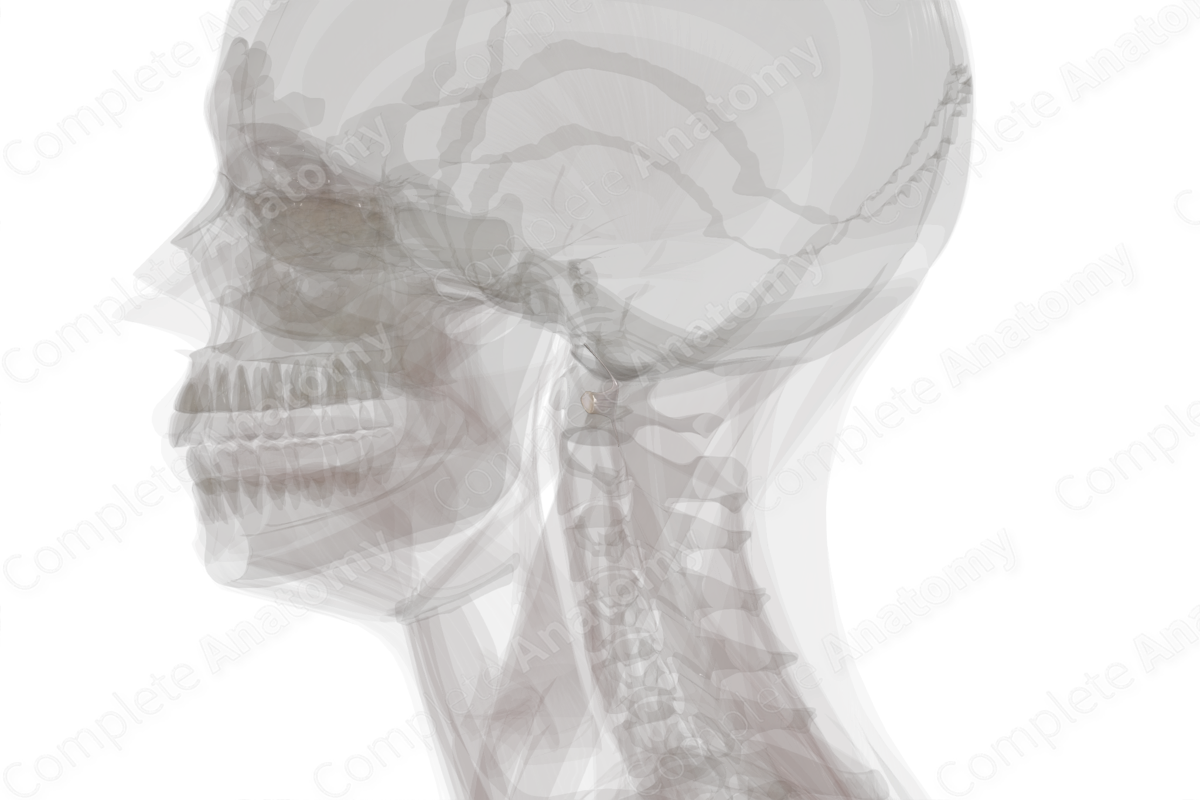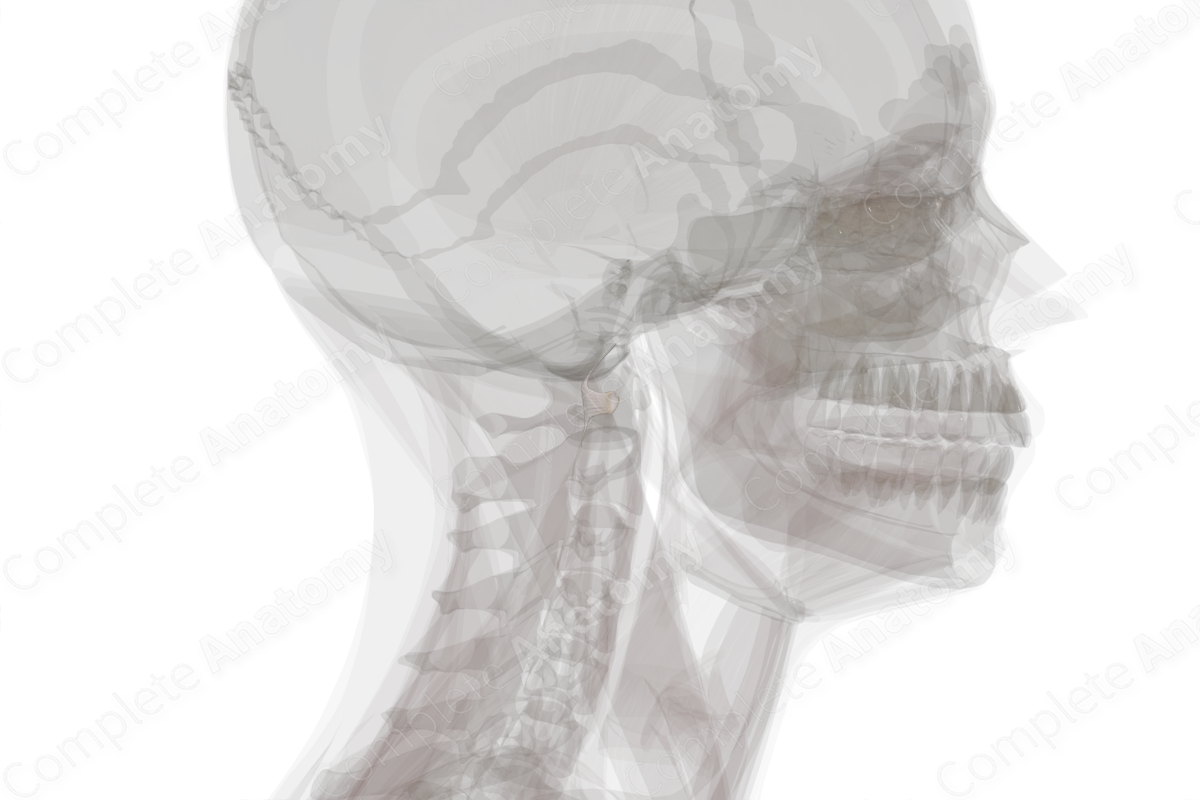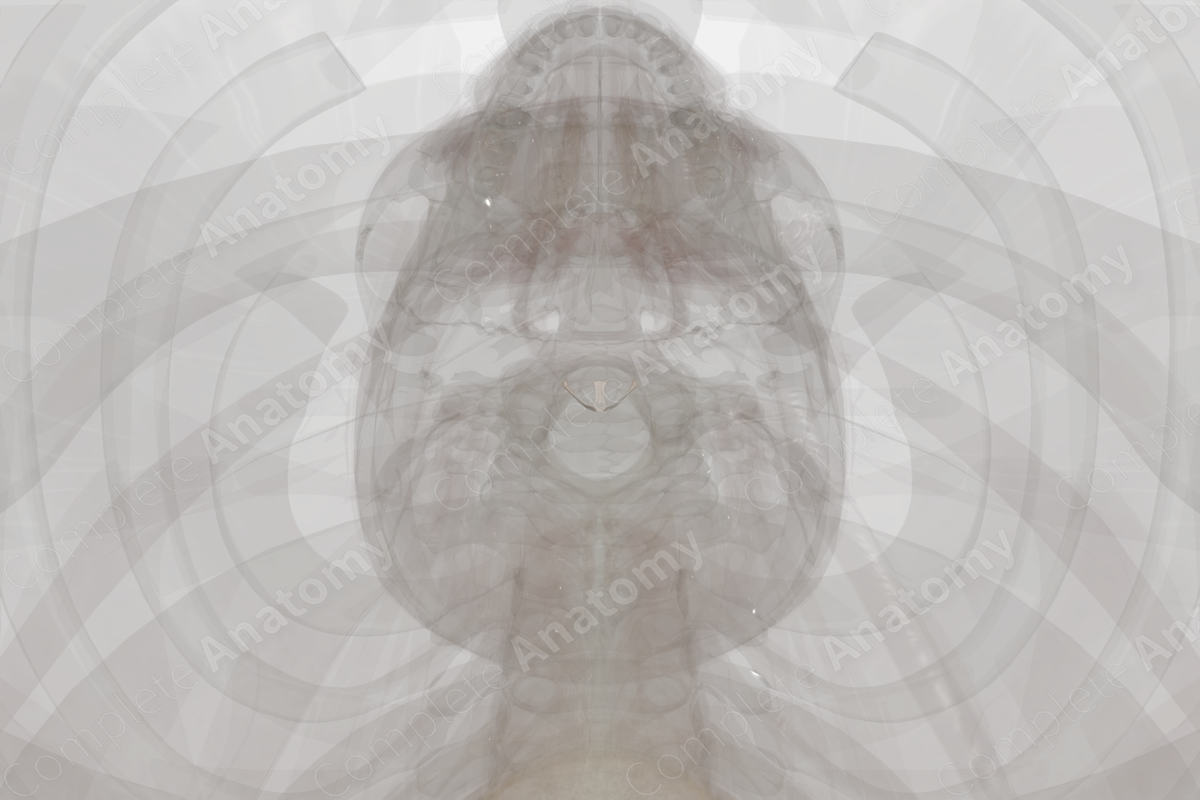
Structure
The cruciform ligament, or cruciate ligament of atlas, as the name suggests, is cross-shaped, and is made up of the transverse ligament of the atlas and the longitudinal bands.
Anatomical Relations
A significant portion of the cruciform ligament is borne from the transverse ligament of the atlas, which extends between the inner aspects of the lateral masses of the atlas.
The longitudinal fibers extend vertically in a superior and inferior direction. The superior longitudinal fibers are strong and connect to the basilar part of the occipital bone. The inferior longitudinal fibers are much weaker and attach to the posterior aspect of the body of the axis.
Function
The cruciform ligament functions to prevent displacement of the dens and keep it in articulation with the anterior arch of the atlas.
List of Clinical Correlates
—Osteoarthritis
Learn more about this topic from other Elsevier products
Cruciate Ligament

Hulse procedure a method of intra-articular surgical reconstruction of a cranial cruciate ligament in which a graft formed by part of the patellar tendon and part of the lateral retinaculum is placed under the intermeniscal ligament and over the top of the lateral femoral condyle.

